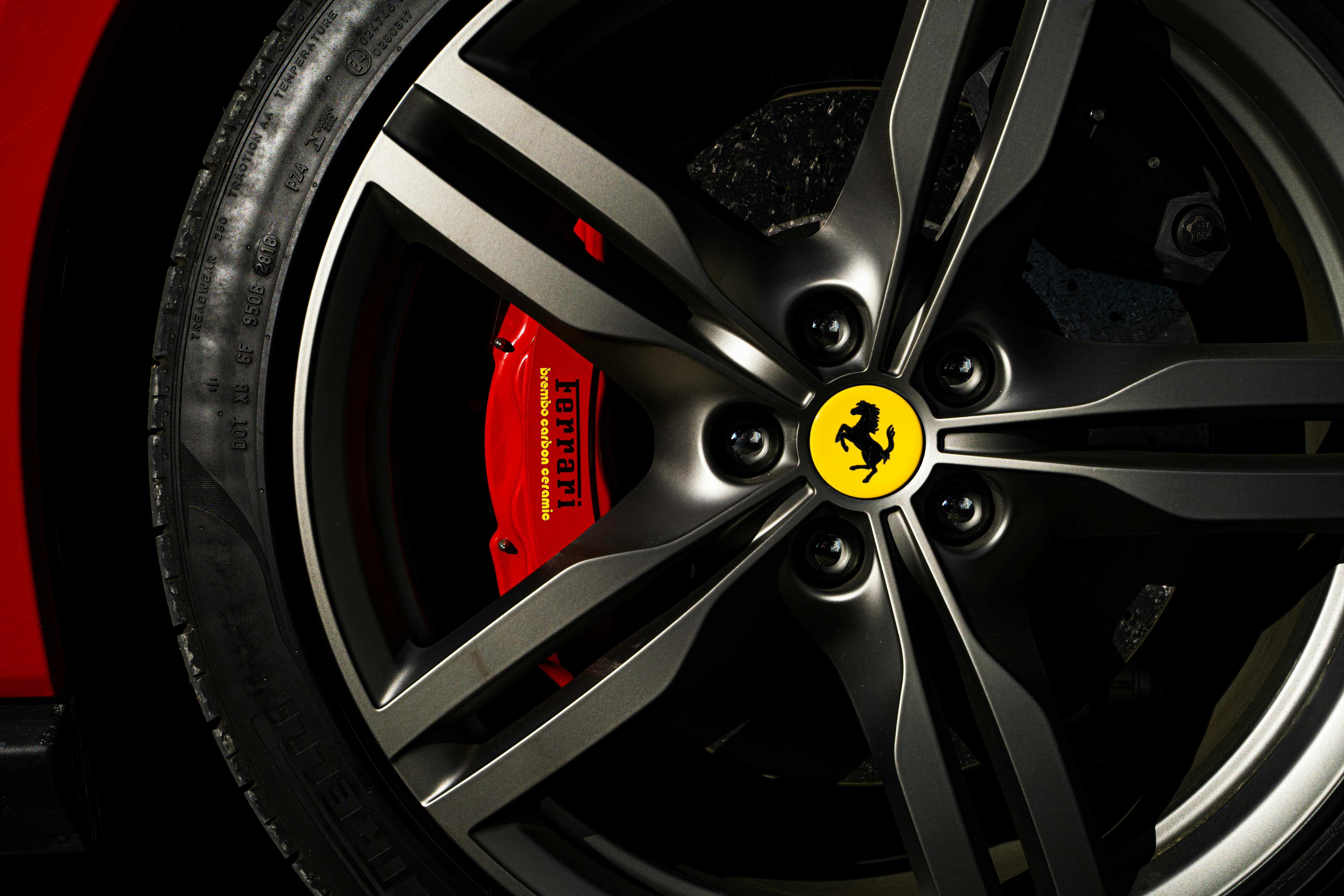What is a wheel alignment? How does it affect handling and tire wear? When should I do an alignment? What causes the lineups to go off? How can I know if my alignment is outside?
A wheel alignment is nothing more than setting the angle of the hub/wheel to keep it going in the right direction. Most vehicles have four-wheel alignments, which means that each of the four wheels is separately aligned. Your basic alignment consists of three angles: camber, caster, and toe-in. Camber is the camber of the tire when viewed from the front of the car. Positive camber means the top of the tire is leaning away from the car. Negative camber means the top is leaning in. Camber has a lot to do with cornering performance. Too much negative camber will prematurely wear the inside of the tires. Too much positive camber will wear out the outer tread.
Caster is the pitch of the front spindle. Imagine the angle of the forks of a bicycle from top to bottom. When the wheel is out it creates a jerk or wander condition and sometimes a slow response steering wheel. Toe-in is measured in inches or degrees. Viewed from the front of the car, it is the difference between the front and rear center line of the tire. Toe-in means that the fronts of the tires are closer together. Toe-out means the fronts of the tires are further apart. Toe-in or toe-in has the greatest effect on tire wear.
When your car is out of alignment, the tires will wear out prematurely. In some extreme cases, new tires will be gone in 500 miles. At the price of tires, especially performance tires with soft compounds, you want to keep your vehicle in line for as long as possible. Other symptoms of a misaligned car are rough handling, pulling to one side, or wandering from side to side. An alignment will also affect the response of the shuttlecock and how quickly it returns to center.
Your vehicle’s alignment should be checked every 10,000 to 12,000 miles. Any hard impact, such as potholes, curbs, objects in the road, or damage from an accident, should prompt you to check your alignment. If you make any modifications to your suspension, raising or lowering your car, that will affect the alignment angles. Even changing the size of the tires will affect the alignment. Loose, worn or bent suspension parts such as ball joints, springs, bushings and control arms will also have an adverse effect on your alignment. In most cases you don’t know if your alignment is wrong. The best way to check is with a precision alignment machine. Laser optics combined with a computer allow for the highest precision in alignment readings.
Remember that you are lining up the center of your vehicle. Check to see if the alignment shop or dealer has equipment that connects to the hub, not the wheel. Many independent shops that do alignments have a special tool called a “Tru Align” that connects to the hub. This will make the alignment much more accurate with the added benefit of not damaging the delicate finish of the wheels.
There’s a lot more to suspension alignment, especially if you’re pushing your vehicle around the track. The modifications you make to your suspension are just the beginning. Once you start down this path, you’ll be concerned with things like shock steering, weight (vertical load), preload, tire traction vs. tire load, and more. Now you’re thinking about understeer, oversteer, tire compound, sway bar design, and other topics that may be covered in a later article. For now, just remember to align your vehicle every 10,000 to 12,000 miles under normal driving conditions.
If you accidentally hit a curb or go over a nasty pothole or other road obstruction, that would be a sign to check your car’s alignment more often. Proper alignment is good for your car. You will save unnecessary wear and tear on your tires. It will ensure that your vehicle gives you the handling that the car was designed for by the factory. And most importantly, a properly aligned car is safer and more fun to drive.
